- Architecture Lighting
- Decorative & Bespoke lighting
- External lighting
- Facade lighting
- Industrial lighting
- Landscape lighting
- Residential & Commercial Lighting
- Solar lighting
- Street lighting
Architecture Lighting
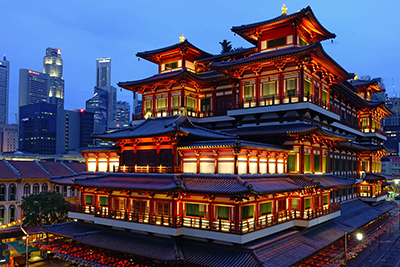
Architectural lighting, also known as architectural illumination or lighting design, is the art and science of enhancing the aesthetics and functionality of buildings and structures through carefully planned and executed lighting schemes. It involves the deliberate use of light to create visually appealing, functional, and environmentally sustainable environments.
Architectural lighting is a multidisciplinary field that combines artistic creativity, technical expertise, and sustainable practices to enhance the aesthetics, functionality, and sustainability of buildings and structures. It plays a pivotal role in defining the character and experience of indoor and outdoor spaces.
We Represent



















Decorative & Bespoke lighting
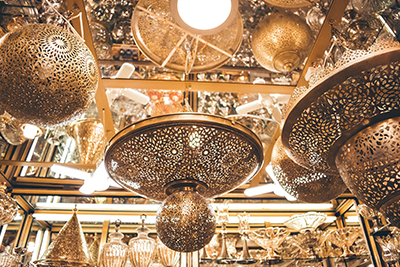
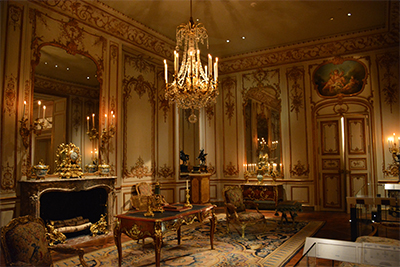
Decorative lighting, refers to lighting fixtures and arrangements specifically designed to enhance the aesthetic appeal of a space or provide visual interest. This type of lighting is primarily focused on style and appearance rather than purely functional illumination. Decorative lighting can transform a room, creating a certain ambiance, highlighting architectural features, or serving as a focal point of interior design.
Bespoke lighting, on the other hand, refers to custom-made or tailored lighting solutions that are designed to meet the specific needs and preferences of an individual or a project. These lighting designs are unique and created from scratch or modified from existing designs to suit the client’s requirements. Bespoke lighting offers a high level of customization and allows for the integration of personal aesthetics, materials, and functionality.
Decorative lighting focuses on enhancing the visual appeal of a space through stylish and eye-catching fixtures, while bespoke lighting takes customization to the next level by creating one-of-a-kind lighting solutions tailored to specific design goals and individual preferences. Both forms of lighting contribute to the overall atmosphere and aesthetics of interior and exterior spaces, making them integral components of interior design and architecture.
We Represent










External lighting
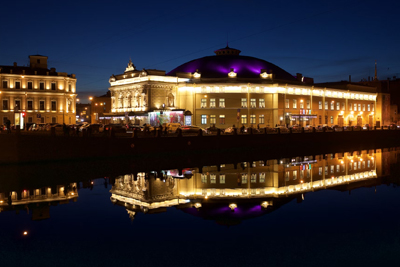
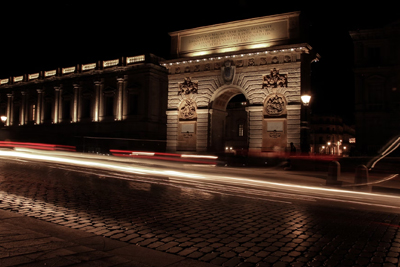
External lighting, also known as outdoor lighting, refers to the illumination of outdoor spaces, such as gardens, pathways, facades, parking lots, and recreational areas. The purpose of external lighting is to enhance visibility, provide safety and security, and create an inviting and aesthetically pleasing environment during nighttime hours. External lighting serves multiple functions. It helps individuals navigate outdoor areas by providing adequate illumination for pathways, steps, and entrances, reducing the risk of accidents and ensuring safe movement. It also acts as a deterrent against potential intruders by illuminating dark areas and increasing the overall security of a property.
We Represent







Facade lighting
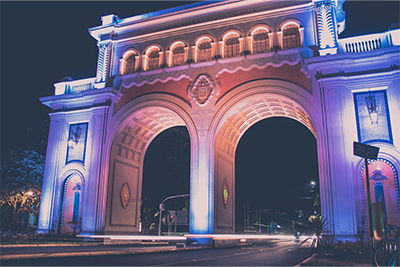
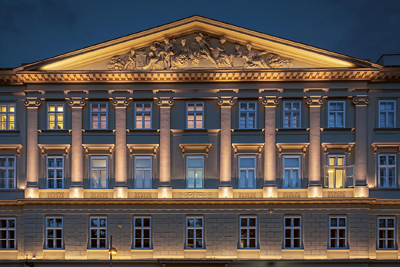
Facade lighting: refers to the use of lighting techniques to illuminate the exterior of a building or structure. It involves the strategic placement of light fixtures, the selection of appropriate lighting types, and the control and coordination of lighting effects to enhance the visual appeal and architectural features of a building’s facade. The primary objective of facade lighting is to highlight the aesthetic elements and unique characteristics of a building’s exterior. Facade lighting can also involve the use of linear lighting fixtures or LED strips to accentuate architectural details, create silhouettes, or outline specific shapes and contours.
We Represent







Industrial lighting
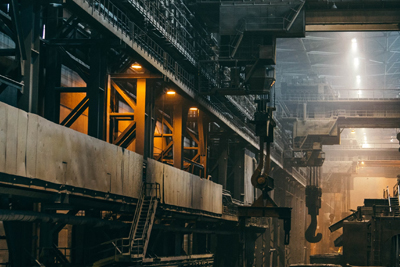
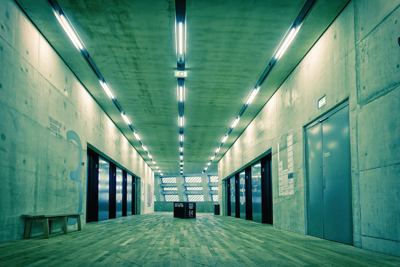
Industrial lighting refers to lighting solutions specifically designed for industrial environments such as factories, warehouses, manufacturing facilities, and industrial workspaces. It serves the unique lighting needs of these settings, focusing on providing adequate illumination for productivity, safety, and efficiency.
Industrial lighting fixtures are built to withstand harsh conditions, including high temperatures, humidity, dust, and vibrations. These fixtures are often durable, resistant to impact, and designed to optimize light distribution across large areas.
The primary objectives of industrial lighting are:
• Task Illumination:
• Safety Enhancement:
• Energy Efficiency:
• Uniform Illumination
We Represent












Landscape lighting
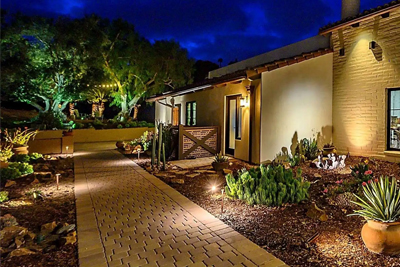
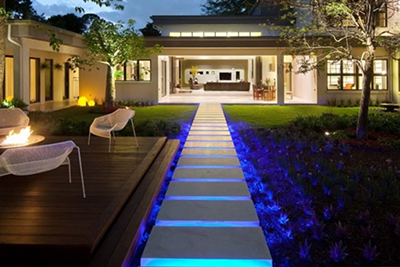
Landscape lighting: refers to the use of lighting techniques to highlight and enhance the outdoor spaces and features of a landscape. It involves the strategic placement of light fixtures, the selection of appropriate lighting types, and the control and coordination of lighting effects to create a visually appealing and functional outdoor environment. The key objective of landscape lighting is to bring attention to the natural or designed elements of a landscape, such as trees, shrubs, gardens, pathways, water features, or architectural structures. By illuminating these elements, landscape lighting adds depth, dimension, and visual interest to the outdoor space, transforming it into a beautiful nighttime setting. Path lighting is another crucial aspect of landscape lighting, providing safety and guidance along walkways, driveways, or stairs. By placing low-level lights along these paths, it ensures visibility and prevents accidents while adding an inviting and enchanting atmosphere. Additionally, accent lighting can be used to draw attention to specific focal points, such as sculptures, water features, or unique architectural elements. This technique adds drama and visual interest, creating points of focus and enhancing the overall aesthetics of the landscape. Overall, landscape lighting is a powerful tool that allows for the transformation of outdoor spaces, showcasing the beauty of nature, enhancing architectural elements, and creating a stunning and inviting environment both day and night.
We Represent









Residential & Commercial Lighting
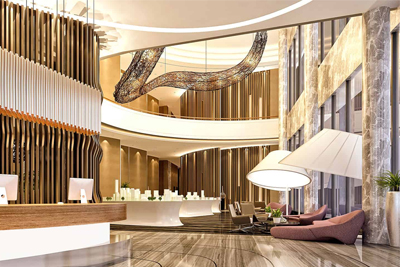
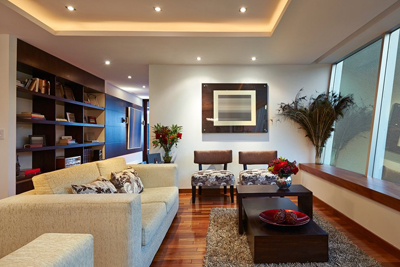
Residential Lighting: Residential lighting refers to lighting fixtures and systems designed specifically for residential spaces, such as homes, apartments, and condominiums. It focuses on providing functional and aesthetically pleasing lighting solutions for various areas within a residence, including living rooms, bedrooms, kitchens, bathrooms, and outdoor spaces. Residential lighting aims to create a comfortable and inviting atmosphere while also meeting the specific needs of homeowners, such as task lighting for reading or studying, ambient lighting for relaxation, and accent lighting for highlighting artwork or architectural features.
Commercial Lighting: Commercial lighting pertains to lighting installations and systems used in commercial and business settings, including offices, retail stores, hotels, restaurants, and public buildings. The primary objective of commercial lighting is to enhance visibility, productivity, and safety within these environments. It involves a combination of general lighting to provide overall illumination, task lighting for specific work areas, and accent lighting to create a visually appealing ambiance. Commercial lighting also emphasizes energy efficiency, as businesses strive to reduce operating costs and meet sustainability goals.
In summary, residential lighting focuses on creating comfortable and attractive illumination for homes, while commercial lighting is tailored to the requirements of commercial spaces, emphasizing productivity, safety, and energy efficiency.
We Represent
















Solar lighting
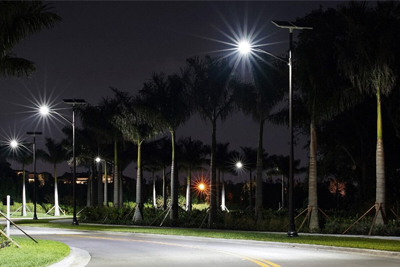
Solar lighting refers to lighting systems that harness energy from the sun to generate electricity and provide illumination. It utilizes solar panels to capture sunlight and convert it into electrical energy, which is then stored in batteries for use during nighttime or low-light conditions.Solar lighting systems are commonly used in outdoor settings, such as gardens, pathways, parking lots, and remote areas where access to traditional electrical grids may be limited or impractical. They offer several advantages, including:
• Renewable Energy:
• Cost-effective:
• Easy Installation:
• Off-grid Capabilities:
• Low Maintenance
• Energy Efficiency
• Uniform Illumination:
We Represent

Street lighting
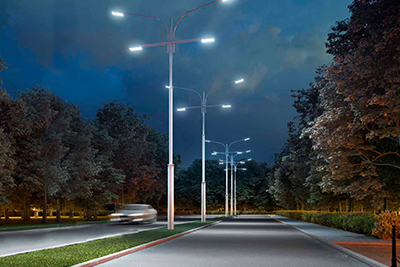
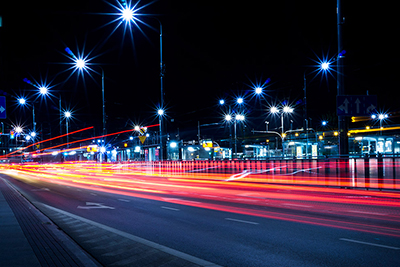
Street lighting refers to the illumination of roads, streets, and public spaces during nighttime hours to enhance visibility and safety for pedestrians, drivers, and cyclists. It plays a crucial role in urban and rural infrastructure, offering numerous benefits to communities and individuals. Here is a detailed description of street lighting
Street lighting is a critical component of urban infrastructure that enhances safety, navigation, and the overall quality of life in communities. Advancements in technology, especially LED lighting and smart control systems, have made street lighting more energy-efficient and adaptable to the needs of modern cities.
We Represent




















